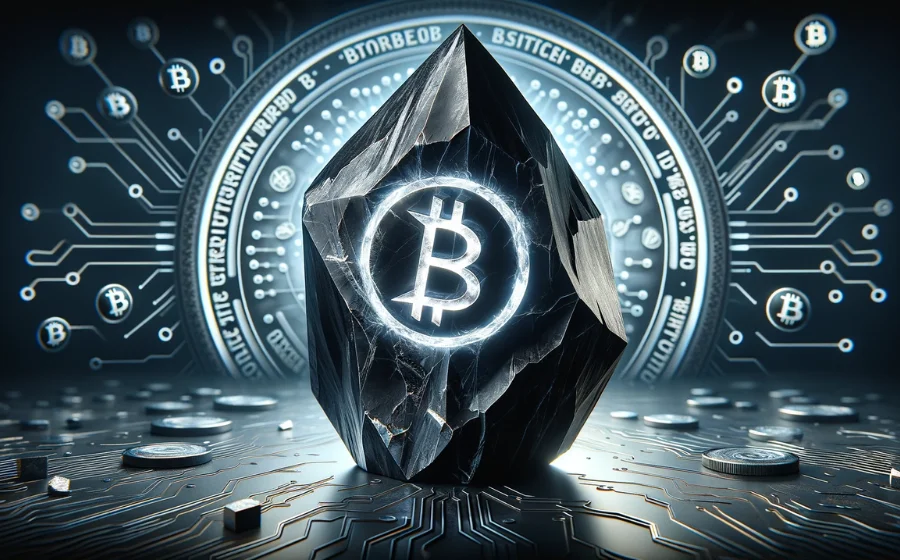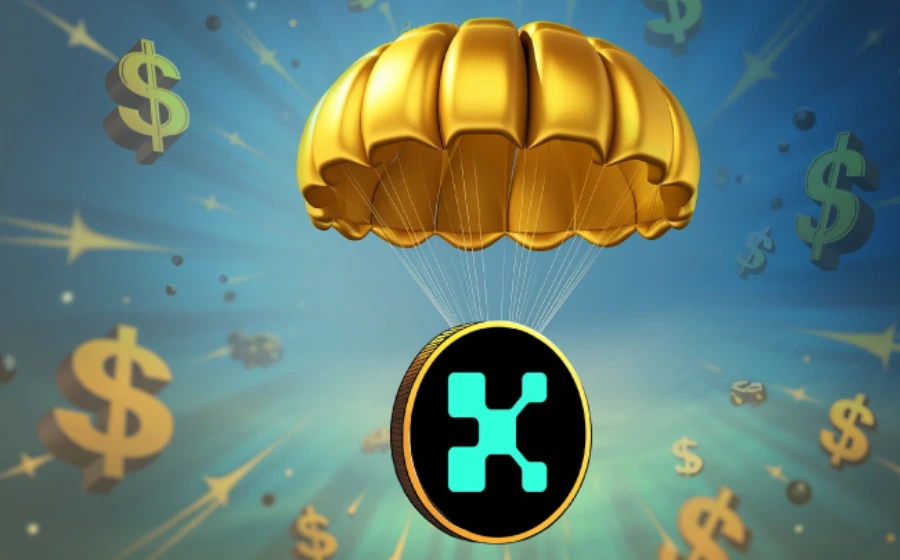
KEYTAKEAWAYS
- The Runes protocol faced inflated expectations pre-launch, leading to rapid price declines and investor losses after the speculative bubble burst.
- While promoted as innovative, the Runes protocol's technical advancements offer limited differentiation from existing Bitcoin protocols and standards.
- Despite the early setbacks, ongoing development and potential market stabilization provide reasons for cautious optimism regarding the Runes protocol's future.

CONTENT
The Runes protocol promised to revolutionize Bitcoin’s ecosystem, but has it lived up to the hype? Explore its launch, challenges, and potential for future development.
Along with the arrival of the Bitcoin halving event, the Runes protocol has officially launched. Expectations were high that this would spark the next wave of growth in the Bitcoin ecosystem. However, many Runes projects experienced immediate setbacks. Investors suffered significant losses while minting runes, and inscription prices plummeted in secondary markets.
RUNES PROTOCOL: THE HYPE BEFORE THE LAUNCH
Before its launch, the excitement surrounding the Runes protocol was palpable. Runestone’s floor price surged to 0.095 BTC, multiple projects set staking and airdrop rules, and community members eagerly prepared their wallets. Despite being touted as surpassing the BRC-20 standard, the Runes protocol couldn’t escape the “hot then flop” trend and failed to deliver notable returns like the Ordinals protocol.
>>> More to read: Runes, the New Protocol on Bitcoin Blockchain You Should Know About
RUNES PROTOCOL: MARKET VOLATILITY AFTER LAUNCH
On April 20, as Bitcoin’s halving occurred, the Runes protocol was also introduced. Casey Rodarmor, the protocol’s creator, hardcoded his own “UNCOMMON•GOODS” rune as Rune 0, but the remaining 9 runes were not included due to uninspired naming. This led to speculation by institutional investors and whales, who rushed to mint runes, causing gas prices to spike.
The high expectations and substantial investments didn’t yield equivalent returns. Shortly after the launch, most projects rapidly declined after a brief peak, with only a few top-performing projects maintaining value.
Runestone, a star project pre-launch, ranked second among NFTs by market value, trailing only CryptoPunks. Investors were amazed by its growth potential, and its future seemed promising. However, this optimism didn’t last long.
According to CoinGecko, Runestone’s floor price peaked at 0.095 BTC on April 11 but fell sharply to 0.018 BTC by April 21, an 81% decline. Its current price is 0.012 BTC.
Looking at other Rune projects numbered 1 through 9, even those with significant community interest have generally experienced a downward trend. Among all Rune projects, only Rune 1, Rune 3, and Rune 8 currently have market values exceeding $100 million. Rune 4 and Rune 2 have surpassed $50 million, while the rest remain below these figures.
RUNES PROTOCOL: CHALLENGES AND CRITICISM
The Runes ecosystem faced multiple challenges. The limited technical innovation and excessive market speculation were partly to blame. Initially, the protocol was overhyped, with speculators driving up related projects months before the halving event. Many investors, influenced by the FOMO effect of ordinals, invested heavily before the protocol’s launch. Once the event occurred, investors who had manipulated the market were already poised to withdraw, leaving others with substantial losses.
Runestone’s rapid decline after the April 22 snapshot showed this trend clearly, with its floor price plummeting 59.5% within 24 hours.
Despite Rodarmor’s claims that the Runes protocol is more secure, efficient, and simple than the BRC-20 standard, its technical advancements offer little novelty to the Bitcoin network. Similar protocols like Atomicals preceded it.
Moreover, concerns have been raised about the fairness of runes compared to ordinals. While inscriptions mostly rely on fair launch mechanisms, rune projects tend to reserve tokens, with top projects often dominated by institutional investors and whales.
CONCLUSION
While the Runes protocol initially sparked hopes that the Bitcoin ecosystem could be further explored, its disappointing performance has poured cold water on the market. Factors include the overall crypto market sentiment and intrinsic issues with the protocol.
On the bright side, the foundational infrastructure is still under development, and some positive news includes the listing of rune tokens on exchanges like OKX, collaboration between OKX Ventures and partners like OnePiece Labs and Franklin Templeton, the launch of the RuneChain cross-chain bridge, and more.
Data suggests top rune projects are stabilizing, and investors need not be overly pessimistic. Continuous monitoring of the Runes protocol’s progress will be key.
Looking for the latest scoop and cool insights from CoinRank? Hit up our Twitter and stay in the loop with all our fresh stories!
















